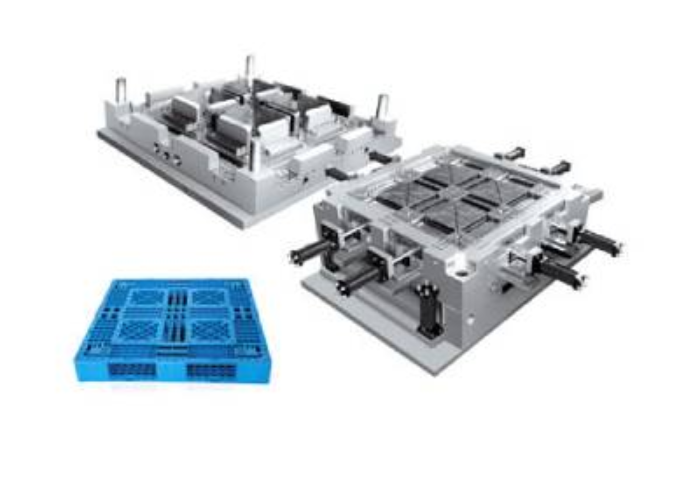Understanding the Injection Manufacturing Process
Injection manufacturing, also known as injection molding, is a widely used manufacturing process for creating a variety of plastic products. It involves melting plastic pellets and injecting the molten material into a mold cavity. The material is then cooled and solidified to create a finished product. This process is used to create a variety of items ranging from small household items to large automotive parts.
The injection molding process comprises several steps that must be carefully executed to ensure the production of quality parts. The first step is the preparation of the plastic pellets. The pellets are poured into a hopper and are fed into the injection molding machine. The machine has a screw-like device that melts the pellets as they move along the screw. The molten plastic is then injected into a mold.
Before the injection process, the mold must be prepared. The mold consists of two halves, the core and cavity, which are held together by clamps. The core and cavity are designed to create the desired shape of the finished product. The mold is also equipped with a cooling system to help regulate the temperature of the molten plastic. Once the mold is ready, the injection process can begin.
The injection process is controlled by a computer, which regulates the amount of plastic being injected into the mold. The molten plastic is forced into the mold under high pressure, filling all the spaces in the mold cavity. The plastic is then allowed to cool and solidify, creating the finished product. This process can take anywhere from a few seconds to a few minutes depending on the size and complexity of the part.
After the plastic has cooled and solidified, the mold is opened, and the finished product is ejected. The product is then inspected for defects, such as warping or cracks, and any excess plastic is trimmed away. The product is then ready for packaging and shipping.

Injection manufacturing is a highly versatile process that can produce a wide variety of products. It is commonly used to produce consumer products such as toys, kitchenware, and electronics. It is also used to produce automotive parts, medical devices, and industrial components. The process is highly automated, allowing for fast and efficient production.
One of the advantages of injection manufacturing is that it produces high-quality products with consistent dimensions and tolerances. The process can also produce complex geometries that would be difficult or impossible to achieve with other manufacturing processes. Moreover, the process is highly scalable, allowing for large-scale production of parts.
However, injection manufacturing has some limitations. It can be expensive to set up and requires a significant initial investment in equipment and tooling. The process is also limited in terms of the materials that can be used. Only thermoplastics can be used in injection manufacturing, which limits the range of products that can be produced.
In conclusion, injection manufacturing is a widely used manufacturing process that produces high-quality plastic products. It requires careful execution of several steps to ensure quality production. The process is highly automated, scalable, and versatile, making it a popular choice for a wide range of products. However, it also has some limitations and can be expensive to set up.
-
How can plastic injection molds efficiently produce plastic products?
2024-10-23
Plastic injection molds are specialized tools used in plastic injection molding processes. Through special design and ma...
Voir les détails -
2023-4-3
Choosing the right large plastic mold maker is a crucial step in the manufacturing process. A reliable and experienced m...
Voir les détails -
Medical Molding Parts for Precision and Quality
2023-4-25
Medical molding parts are essential components used in the manufacturing of medical devices and equipment. These parts a...
Voir les détails -
Parts of an Injection Molding Machine
2023-6-9
Injection molding is a popular manufacturing process used to create parts out of molten materials like plastic, metal, a...
Voir les détails -
Injection Mold Manufacturing: A vital aspect of modern production processes
2023-4-22
Injection mold manufacturing plays a vital role in modern production processes. It involves the creation of molds that a...
Voir les détails -
Medical Molding Parts: Precision and Quality for Critical Applications
2023-5-2
Medical molding parts play a critical role in the healthcare industry, where precision and quality are essential for the...
Voir les détails







